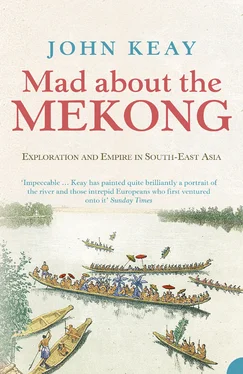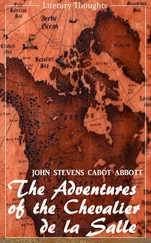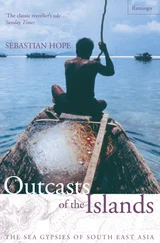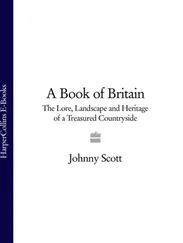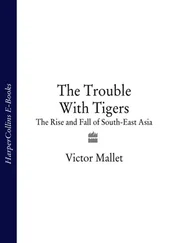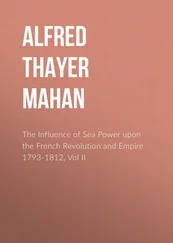1 ...8 9 10 12 13 14 ...17 Crises of national identity are to Cambodia much as floods are to the Delta. They well up with such depressing frequency that one is inclined to accept them as a condition of the country’s existence. Independence Day is celebrated on 17 April; there is also a National Day on 7 January. But what these dates memorialise is a vexed question; there are just too many liberationist contenders in Cambodia’s modern history. Independence could refer to Lagrée’s rejection of Thai suzerainty in 1863, to the French emancipation of the ‘lost provinces’ in 1907, to the demise of French rule in 1955, to the overthrow of the US-backed Lon Nol regime in 1975 (the right answer, incidentally), to the overthrow of the Chinese-backed Pol Pot (Khmer Rouge) regime in 1979, or to that of the Vietnamese-backed Heng Samrin regime in 1989. Other possible candidates, already discredited and now ripe for demonisation, are the UN-backed administration of the early 1990s and the elected coalition of the mid-1990s. Only the Hun Sen regime, which overthrew the last-named in a 1997 coup, has definitely to be excluded on the grounds that, although often vilified, it has yet to be overthrown.
With such a sustained record of liberating itself from tyranny, Cambodian nationalism ought to command widespread respect. Yet the suspicion lingers that Cambodians have been forever redeeming themselves not so much from foreign aggressors as from fellow Cambodians. Bangkok, Paris, Washington, Beijing and Hanoi have found collaborators rather easy to come by in Cambodia because there is no consensus about what being a Cambodian means. Even Pol Pot’s sui-genocidal Khmer Rouge could claim to represent an indigenous tradition. They traced the roots of their revolution not simply to someone else’s little red book but to supposed Angkorian traditions of mass mobilisation and draconian discipline in the pursuit of an ideologised utopia.
Of neighbouring Laos as late as the 1950s it was said that most people who lived there had no idea that they belonged to a state called Laos. Cambodians were no doubt better informed, but not therefore more involved. As Lagrée and his companions would be delighted to discover, the region was woefully lacking in those structural elements – centralised administrations, respected institutions, shared interests, recognised frontiers – which underpin statehood and steady other national mansions. Like inland Africa, inland south-east Asia had plenty of political building timber but, as the twentieth century dawned, it had yet to evolve a stable and convincing architecture. Cambodia was still waiting for the French to reclaim Angkor and the ‘lost provinces’, without which it was like a Scotland minus the Highlands. As for the anthropologists’ paradise which is Laos, it was not until the mid-twentieth century that most of its hundred-odd – and some of them very odd – ethnic groups would even be identified.
Yet international opinion as represented by organisations like the League of Nations and the UN made no allowance for such delinquency. Existing states were meant to correspond to coherent nations, and those that did not, supposedly soon would thanks to the process called ‘nation-building’. Hence the credit for the survival of a country like Cambodia – or the insinuation of one like Laos – belongs less to the strength of its nationalist sentiment and more to a benign, if alien, world order which decrees that all existing states are inviolable. Whether they are viable is another matter.
The symbolism of Angkor relies heavily on Indian ideas of a formalised cosmos in which the earth, the oceans and the universe are organised and harmonised round a central axis, a hub. This axis was represented two-dimensionally as the concentric rectangles (or wheel-like circles) of a mandala, and three-dimensionally as a conical mountain, the mythical Mount Meru. Meru’s elevation idealised the symmetry and hierarchy of a universal order to which human society must aspire and legitimate authority conform. The spatial arrangements of each of Angkor’s monuments, and above all their soaring towers, demonstrated how the authority of the Khmer kings was both cosmologically ordained and divinely favoured.
In lands as flat as the Mekong Delta, natural hills might also be co-opted into this grand scheme of environmental protocol. A phnom is a mountain. The phnom in Phnom Penh is barely as big as the stupa which crowns it, but Phnom Krom at Siem Reap is a respectable hill and has no rival on the circumference of the Great Lake. Crossing the lake all boats, coal-fired canonnières or turbo-charged cruisers, steer for Phnom Krom. It flanks the estuary of the stream which leads up to Angkor, and somewhere near its base (precisely where depends on the height of the lake) the cruisers disgorge their passengers.
Here, in 1866, the officers on Canonnière 27 had bivouacked for the night. Next morning they had risen early to scale the phnom ; and on its summit, confronted by their first Angkorian monuments, Lieutenant Louis Delaporte had taken out his sketchpad to begin the pictorial record of the journey.
Besides le Commandant Doudart de Lagrée, surveyor/hydrologist Garnier and political officer de Carné, the expedition’s senior personnel included three other officers. Two were naval surgeons with specific responsibilities. Dr Clovis Thorel was in charge of botanical observations and discoveries, and Dr Lucien-Eugène Joubert of geological and mineralogical data. Official French expeditions tended towards the multi-disciplinary. No field of enquiry was to be neglected, and the resulting concourse of savants could resemble a symposium on the march. Napoleon Bonaparte had set the standard. His 1798 invasion of Egypt had been accompanied by such an impressive array of archaeologists, agriculturalists, historians, irrigationists, surveyors, draughtsmen and natural scientists that its report attained encyclopaedic status, with no fewer than twenty-three monumental volumes – the famous Description de l’Égypte. The Mekong Exploration Commission’s remit was less ambitious. In somewhere as inconnu as Indo-China it was concerned more with economic and political potential, with investigating what might be made of the place rather than appropriating whatever might already exist.
In addition to their scientific researches, Drs Thorel and Joubert would find their medical expertise much appreciated, and likewise their easy-going temperaments. Both were in their thirties, so older than the others (bar Lagrée) and perhaps less excitable. Thorel had been in Annam for five years and had some experience of working with its montagnards , or hill tribes. Joubert, though a more recent arrival, had been in Africa and had lately undertaken a geological survey in upper Senegal. He could claim a basic expertise, otherwise in short supply, in what would now be called ‘survival skills’; as the tallest and physically most robust, he would also attract local attention as the ‘Jumbo’ of the party.
Finally there was Lieutenant Louis Marie Joseph Delaporte. ‘As draughtsman and musician he principally represented the artistic aspects of the expedition.’ So put, Garnier’s introduction of Louis Delaporte seems to imply reservations about the necessity for a violinist-cum-illustrator, especially one whose few months in the colony had been spent laid up with fever. Although he was supposed to assist with the survey work, Delaporte’s inexperience and general levity at first went down badly with ‘Mademoiselle Buonaparte’. Elsewhere we learn that Delaporte’s naval prospects had been blighted by an untreatable disposition towards seasickness and, more generally, by ‘a great dislike of the sea’. He was evidently someone who had joined the navy to see the world, but not in ships. After some grim months in the north Atlantic he had hailed the leafy arroyos of the Delta with relief and there began sketching. His work attracted favourable comment. Although Lagrée had someone else in mind as his draughtsman – and Garnier perhaps anyone else – Admiral de Lagrandière had chosen Delaporte.
Читать дальше
